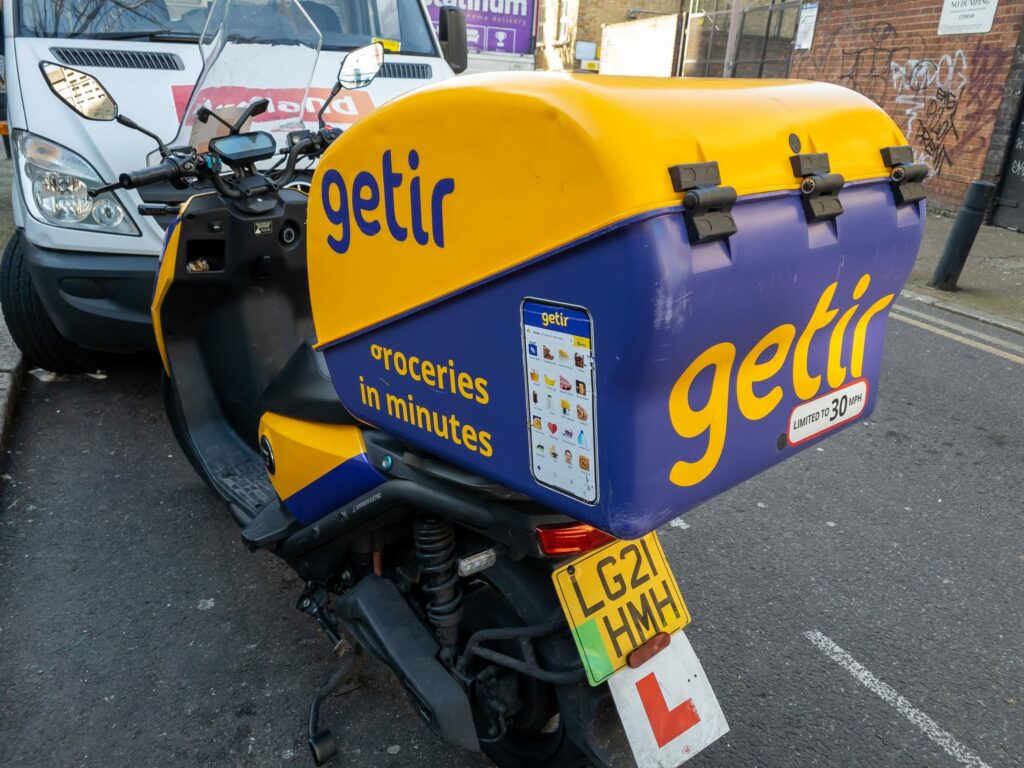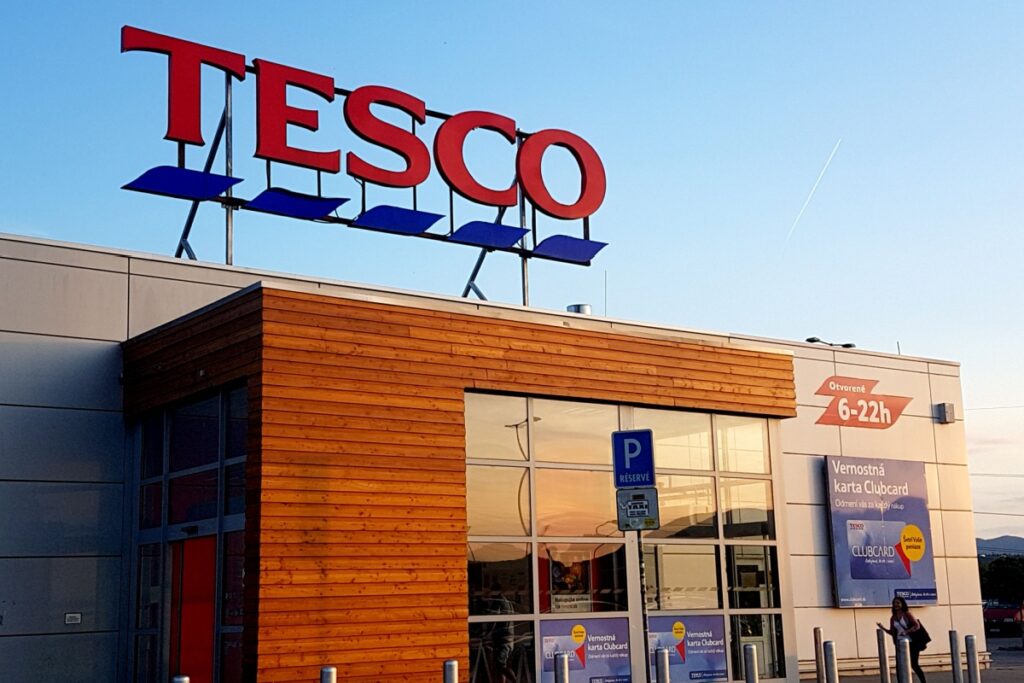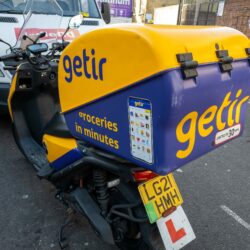Shoppers who prefer to use self-service checkouts may have noticed some changes of late.
Retailers including Morrisons and Sainsbury’s have introduced barriers in self-scan areas in some stores, where proof of purchase is required before they can exit.
The gates have different means of being opened depending on the retailer, with Sainsbury’s requiring shoppers to scan the receipt, whilst Morrisons’s electronic gates open automatically when the system registers a transaction.
The roll-out comes as companies try to mitigate a surge in shoplifting during the cost of living crisis, as more and more customers resort to stealing.
However, the changes haven’t gone down well with some shoppers.
Some Sainsbury’s customers have been particularly vocal on social media.
One Twitter user exclaimed at the time: “Some Sainsbury’s have adopted a system where you must scan a receipt to be allowed out of self scanning areas. It’s a prison camp! Email complaints to the CEOs”.
Another vented: “@sainsburys call you a thief for just entering the store you now have to prove you’re not a thief before leaving by scanning your receipt”.
On the other hand, some customers have defended the move as necessary during a time that shoplifting is on the rise.
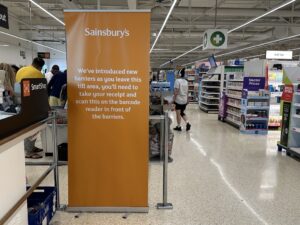

One shopper wrote: “Seems like a bit of a first world problem tbh….what’s the problem with scanning a receipt? They’ve doing this at IKEA for ages. I can only assume that it’s a major issue if you haven’t paid for your goods. Some people need to get a grip & maybe worry about something important.”
Scanning receipts to leave stores certainly isn’t an unusual concept and is common practice in countries such as France and Germany.
As the social media user pointed out, Ikea also uses the security measure.
The homewares giant tells Retail Gazette it has an optional checkout method called scan and pack, which had been around for about 18 months, where shoppers can use the Ikea app to scan products while they shopped.
Customers can then go on to scan their receipt at the self checkout, which could either come as a paper or digital copy.

Meanwhile, Primark confirms to Retail Gazette that it had began introducing self-service checkouts with receipt scanners last year throughout the UK.
The fashion retailer insisted the response to its self-service checkouts had been “really positive” especially from shoppers who were “short on time or making smaller purchases”.
What are the receipt scanners really like?
To find out what self checkout barriers are really like, Retail Gazette visits a Sainsbury’s supermarket in Balham that uses a receipt scanning system.
Upon entering the self-service checkout area, a big orange sign explaining how the receipt scanning system works was clearly visible next to the queue.
After scanning and paying for goods, the till automatically prints a receipt, rather than providing it as an option.
Despite the complaints online, the process was pretty slick when Retail Gazette used it with no queue to scan the receipt – although this might not be the case during busier times – and the exit gate opened straight away after scanning.
However, it was disheartening to see a bin overflowing with paper receipts right outside the gate.
As retailers strive to cut down on waste, it would be nice to see a more environmentally-friendly security solution.
@sainsburys scanning your receipt to exit self checkout is the biggest waste of paper as it is but the receipts are also unnecessarily long
— KAT (@Transformkat) June 26, 2023
Do the barriers actually prevent shoplifting?
The reason these added security measures have been added is because shoplifting is on the rise. The most recent statistics for England and Wales from the Office for National Statistics show that retail left surged 22% in the year to September.
PwC senior retail adviser Kien Tan says: “Receipt scanning on exit is one way of discouraging shoplifting, but retailers are taking many other practical steps.”
“These include signage reminding shoppers of the presence of CCTV, increased and visible security patrols, gates preventing customers from exiting via the store entrance or closed checkout aisles.”
In reference to receipt scanners, Tan says retailers need to properly communicate how the process works in store.
“It does require a change to customers’ usual behaviour, and some of the in-store signage and communication about their implementation has been quite brusque, which has precipitated complaints online” he says.
“Stores also need staff to help customers who may not know how to work the scanners, or when, for example, receipt printers have malfunctioned or run out of paper. But, over time, customers will get used to them as they become more common.”
But does the measure actually work? Social media users have pointed out that shoplifters can simply pay for a low priced item like a banana, scan the receipt and walk out with higher value stolen items such as alcohol and meat hidden.
Tan acknowledges that these security measures taken by retailers were never going to be foolproof, however, the system could be worth it even if it deters just a few shoplifters.
He adds: “You’ll soon be able to see if retailers think it’s a good idea, because if the current implementation is a success, then these scanners will end up being rolled out to more stores and more chains”.
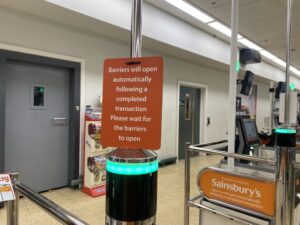
Are receipt scanners set to become the norm?
IGD Global Insight Leader Bryan Roberts agrees that receipt scanners could become commonplace across UK retail.
“The reaction on social media has not exactly been jubilant, but for every vocal critic there’s going to be a proportion of customers who just get on with it,” he says.
“Receipt scanners are incredibly common in Europe and are appearing in more retailers around the world. It wouldn’t be a massive surprise to see more UK retailers adopt the system.”
Although some shoppers might not like it, they may have to get onboard as more retailers step up security measures to stamp out shoplifting.
Click here to sign up to Retail Gazette‘s free daily email newsletter




